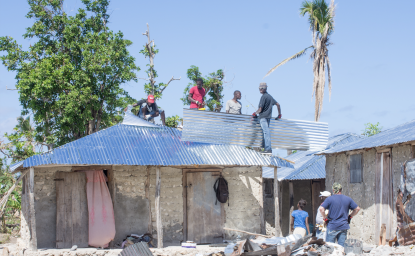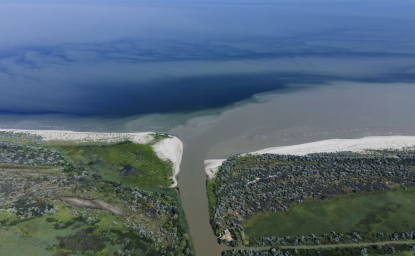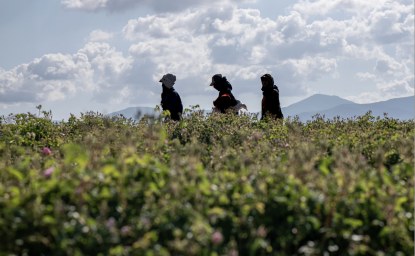MEDIA: New Story Ideas
Nepal; Peace Parks; U.S. Military & the Environment; Population & Conflict
Nepal; Peace Parks; U.S. Military & the Environment; Population & Conflict
CONTACT: Meaghan Parker at 202-691-4182 or meaghan.parker@wilsoncenter.org

The Environmental Change and Security Program (ECSP) explores the connections between environmental change, health, and population dynamics and their links to conflict, human insecurity, and foreign policy. Read more



